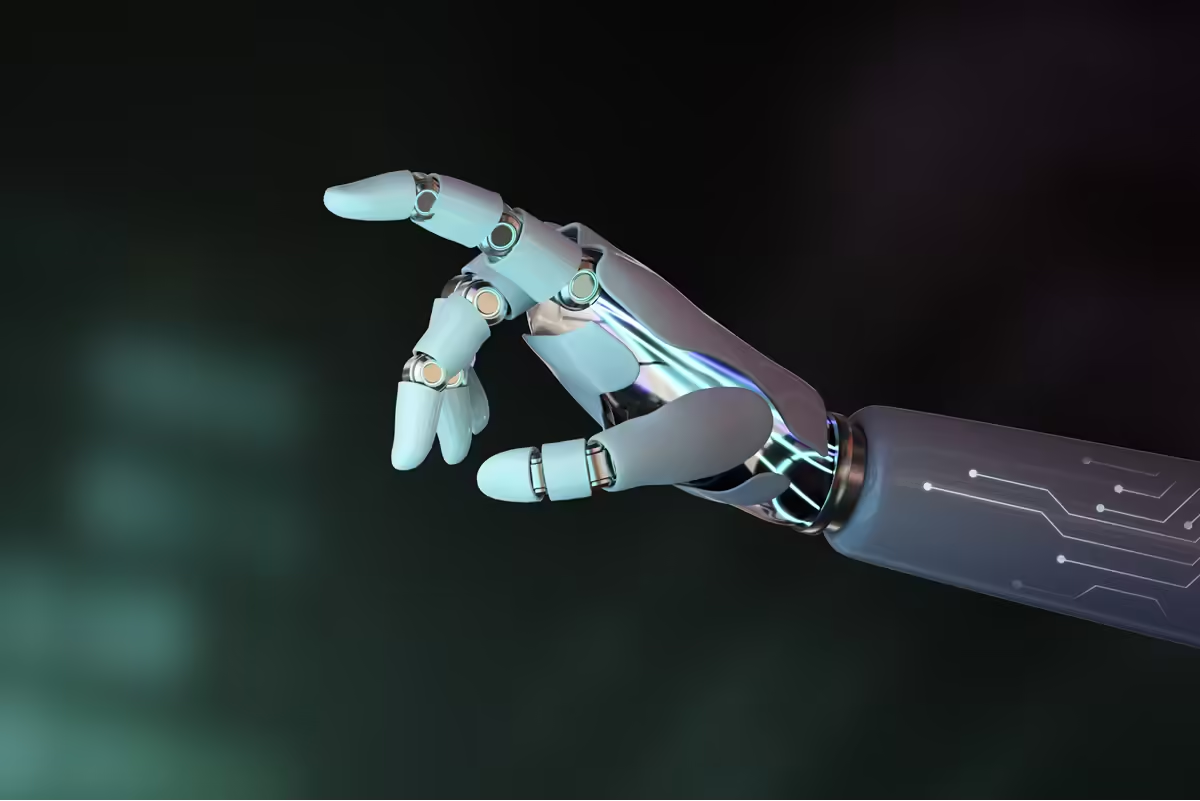Researchers from Switzerland’s EPFL (École Polytechnique Fédérale de Lausanne) have developed a new type of robotic hand that’s making waves at the IEEE International Conference on Robotics and Automation in Rotterdam. Unlike most robots that try to copy human movements, this robotic hand goes beyond the usual designs, performing tasks in ways no human hand can.
The project, called “Beyond Manual Dexterity,” was introduced alongside a video that shows just how impressive and unexpected this new robotic hand is.
At first, the robotic hand looks like an advanced version of what you’d expect from modern robots. It handles objects with great skill and accuracy. But as the video continues, the hand’s abilities become more and more unusual. It can bend backward, pick up objects from strange angles, and even detach itself to move across the floor. These movements are far beyond what typical human-like robotic hands can do, catching many by surprise.
Breaking Free from Nature’s Limits
For years, engineers have designed robots to work like human or animal limbs. You can see this in robots that walk on four legs like dogs or use arms that look and move like human hands. This approach has been useful, helping robots complete many tasks that humans do. But it also limits robots to the same range of movements as people and animals.
The EPFL team wanted to push past these natural limits. They wanted to find out what a robotic hand could do if it wasn’t designed to look or act like a human hand. The result is a hand that can perform in ways never seen before. In their research paper, the team notes, “The deep learning model has significantly advanced dexterous manipulation techniques for multi-fingered hand grasping.
However, the contact information-guided grasping in cluttered environments remains largely underexplored.” Their new robotic hand is built to work well in messy, crowded spaces where normal human-like hands might have trouble.
The Unsettling Side of Innovation
While the robotic hand’s abilities are exciting, some people find its movements a little unsettling. The reason for this is something called the “uncanny valley.” This term describes the weird feeling we get when something looks almost human but moves in a strange or unnatural way.
Since this robotic hand looks a lot like a human hand but can bend and move in ways no human hand can, it falls into this eerie category. If it didn’t look so human, its odd movements might not seem so creepy.
Xiao Gao, one of the researchers on the project, joked about this during the conference. “Although you see it in scary movies, I think we’re the first to introduce this idea to robotics,” Gao said. His comment reflects the team’s awareness that pushing the boundaries of robot design can sometimes lead to surprising and strange results.
A Glimpse into the Future of Robotics
The EPFL robotic hand is opening the door to new possibilities in robotics. It shows that robots don’t need to be restricted by how humans or animals move. By designing robots that go beyond nature, engineers may be able to create machines that work better in difficult environments, such as tight spaces or cluttered work areas.
Although it’s still early to say if this technology will become widespread, it’s already sparking interest and debate in the field of robotics. The question remains whether these designs can be scaled up for practical use, but they are certainly causing experts to think differently about the future of robots.
